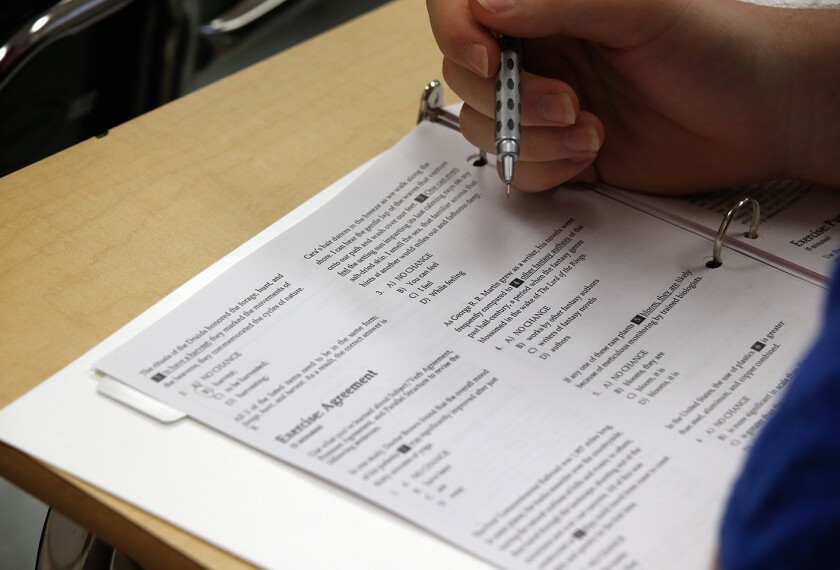High-stakes tests and graduation exams. The SAT. The ACT. NAEP, also known as “the nation’s report card.”
For one state, those tests just aren’t enough.
Next year, Minnesota will assess its students on a grander scale—through the Trends in International Mathematics and Science Study, or TIMSS. The heavily scrutinized exam offers nation-by-nation comparisons of students’ ability in those subjects.
Created in 1995, the TIMSS exams have tested students every four years from about 50 countries in 4th and 8th grades and once at the high school level. While the vast majority of participants are nations, many U.S. states and individual school districts have taken part over the years, typically with the goal of seeing how well their students perform when thrown into the pool of international talent. That pool includes such consistent high performers as Japan, Singapore, and South Korea.
In 1999, for instance, 13 states and 14 school districts participated.
But Minnesota, which last took part in 1995, is the only U.S. state to sign up for 2007 so far, though others may do so soon, said Ina V.S. Mullis, the co-director of the TIMSS and PIRLS Study Center, at Boston College. (PIRLS is the Progress in International Reading Literacy Study, another nation-by-nation exam.) Other non-nations will take the test, such as several Canadian provinces and the Basque region of Spain.
One hurdle to state participation is the cost: It takes about $600,000 to cover various expenses for administering and managing the test, Ms. Mullis said.
Minnesota’s corporate community was a strong backer of TIMSS participation, raising about $150,000 to go with $500,000 in state funding. Charlie Weaver, the executive director of the Minnesota Business Partnership, said business leaders see TIMSS as a way to gauge whether recent state academic changes have worked—and to galvanize the public to demand more of its schools.
“Minnesota parents are pretty sanguine,” said Mr. Weaver, whose Minneapolis organization represents companies with 1,000 or more employees. “The perception is, ‘You know, our neighborhood schools are great.’… Hopefully, [taking the TIMSS] will provide a wake-up call.”





